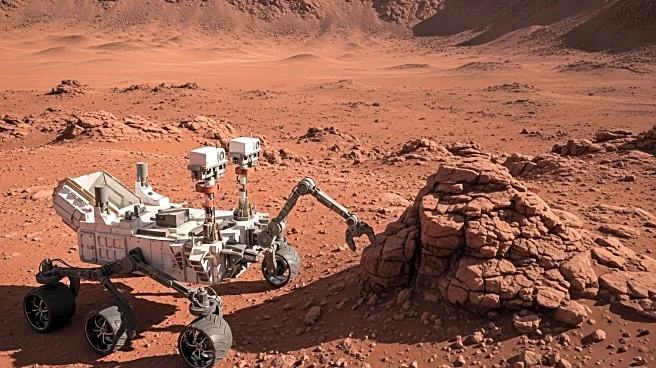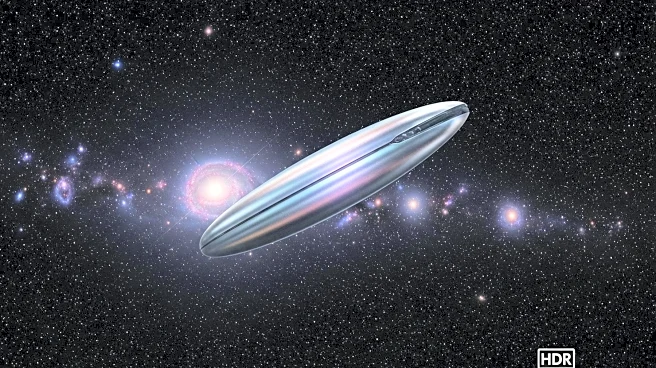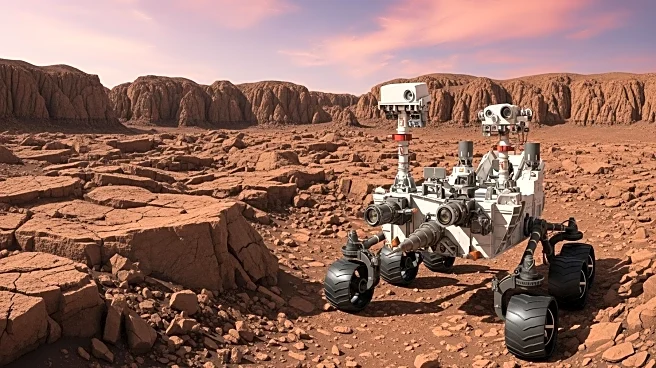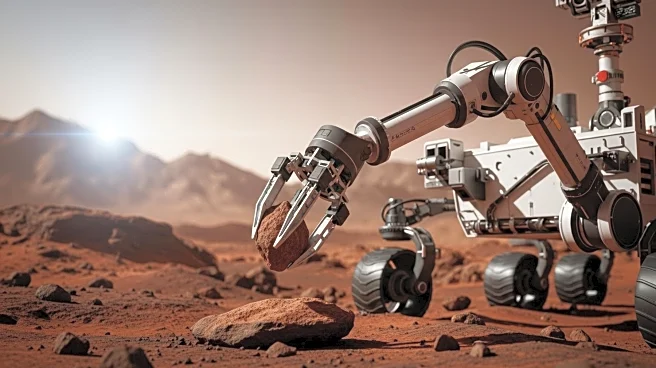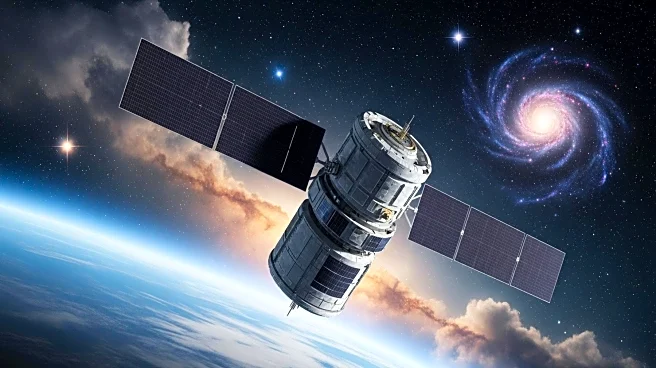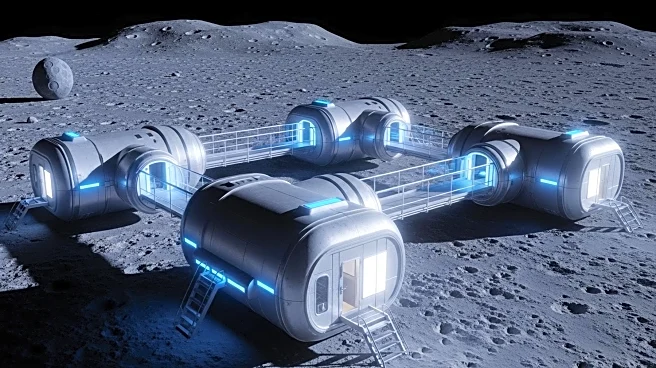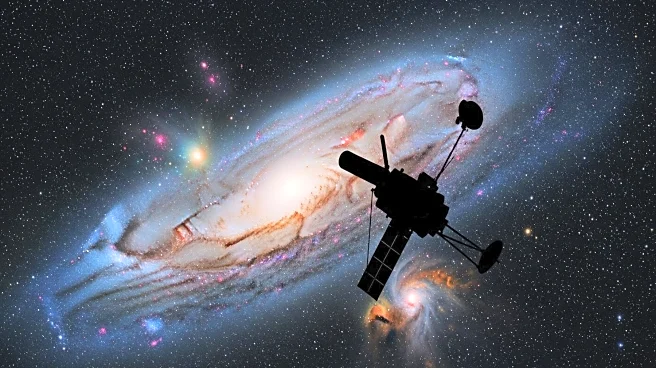What's Happening?
NASA is engaging the public in its scientific endeavors through 36 citizen science projects. These initiatives allow volunteers and amateurs to contribute to significant scientific discoveries, ranging from spotting asteroids to searching for planets beyond our solar system. Participants can join projects such as 'Active Asteroids,' which involves identifying asteroid belt objects that behave like comets, and 'Are We Alone in the Universe?' which focuses on analyzing radio signals to search for extraterrestrial intelligence. Other projects include 'Backyard Worlds: Planet 9,' aimed at hunting for new planets and nearby stars beyond Neptune, and 'Cloudspotting on Mars,' which involves tracing unusual clouds in the Martian atmosphere. Interested individuals can subscribe to these projects by emailing NASA with the subject 'Subscribe.'
Why It's Important?
The involvement of the public in NASA's projects democratizes scientific research and fosters a broader interest in space exploration. By allowing citizens to participate, NASA not only expands its research capabilities but also educates and inspires the public about the importance of space science. This initiative can lead to increased public support for space missions and potentially uncover new scientific insights through diverse contributions. It also highlights the role of citizen science in advancing knowledge and technology, which can have long-term benefits for scientific communities and educational institutions.
What's Next?
Participants in these projects will continue to contribute data and observations, which NASA will use to further its research objectives. As more people engage with these projects, NASA may expand its citizen science initiatives, potentially leading to new discoveries and advancements in space exploration. The agency might also develop additional projects that leverage public participation, enhancing its research capabilities and outreach efforts.
Beyond the Headlines
Citizen science projects like these can have ethical and cultural implications, as they promote inclusivity and accessibility in scientific research. By involving a diverse group of participants, NASA can gather a wide range of perspectives and insights, which may lead to more comprehensive and innovative solutions to scientific challenges. This approach also encourages a culture of collaboration and shared responsibility in scientific endeavors.


